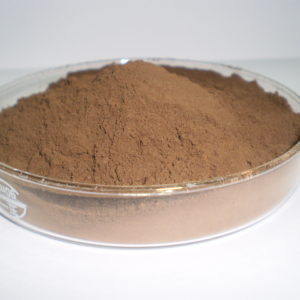Lignosulfonate
Lignosulfonate (1s, Fig. 4B) is the sulfonated lignin that is removed from wood by sulfite pulping. Hardwood lignosulfonate and softwood lignosulfonate are obtained from waste pulping liquor concentrate by the Howard process after stripping and recovery of the sulphur.
Lignosulfonate molecular weight
They exhibit monomer molecular weights of 188 Da, and 215–154 Da, respectively. The number-average molecular weight (Mn) can vary from 1000 Da to 140,000 Da, with the majority lying between 5000 Da and 20,000 Da.
Lignosulfonate is soluble in acidic and basic aqueous solutions and in highly polar organic solvents, but hydrolysis reactions, and eventually excessive sulfonations can occur. Neither kraft lignin nor lignosulfonate are suitable for studying the behaviours and the characteristics of natural lignin. They are, however, important as industrial by-products, and their valorisation is subject to different studies.
Lignin
Lignin is the second most abundant natural polymer. Its use and targeted functionalisation
within biomass refinery processes, however, still needs to be further explored and developed.
The oxidative functionalisation, and thus valorisation of lignin, is a very promising way to go, since it holds the possibilities to yield highly functionalised, monomeric or oligomeric products that can serve as starting materials for other valorisation processes in thechemical and pharmaceutical industries.
Gaining a profound knowledge about the structure of lignin, being able to analyse structural features, and understanding the mechanisms that guide the reactions leading to the oxidative derivatisation, depolymerisation and functionalisation of lignin samples from different renewable sources are key requirements for developing successful valorisation protocols for lignin. In this review, we wish to revisit,and set into context, some important achievements in the field of oxidatively upgrading lignin.
We will focus on organometal catalyses (MTO, salen complexes, POMs), biomimetic catalyses (porphyrins), and enzymatic catalyses (laccase, peroxidase) for upgrading lignin and lignin model compounds. Details of mechanistic implications and means of potential manipulations of reaction outcomes are discussed.

